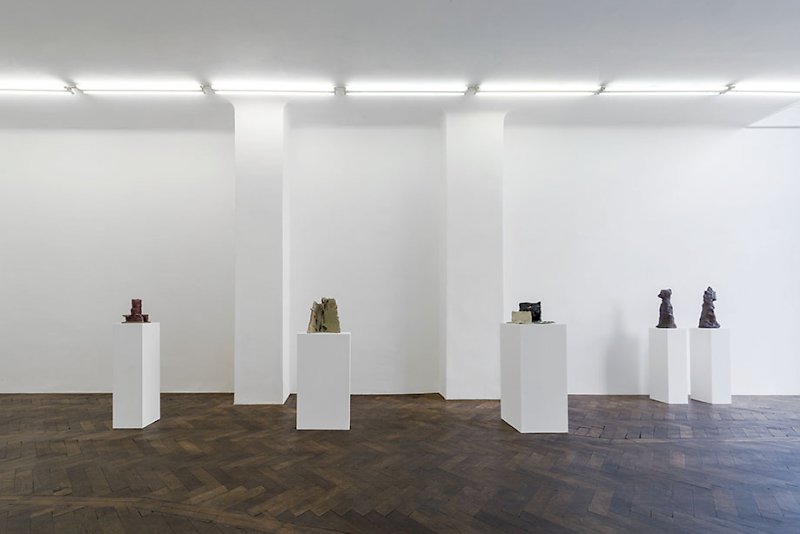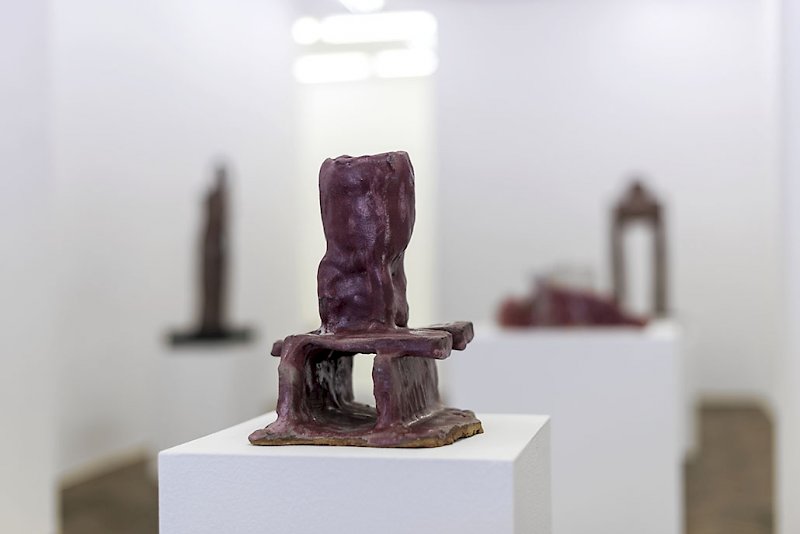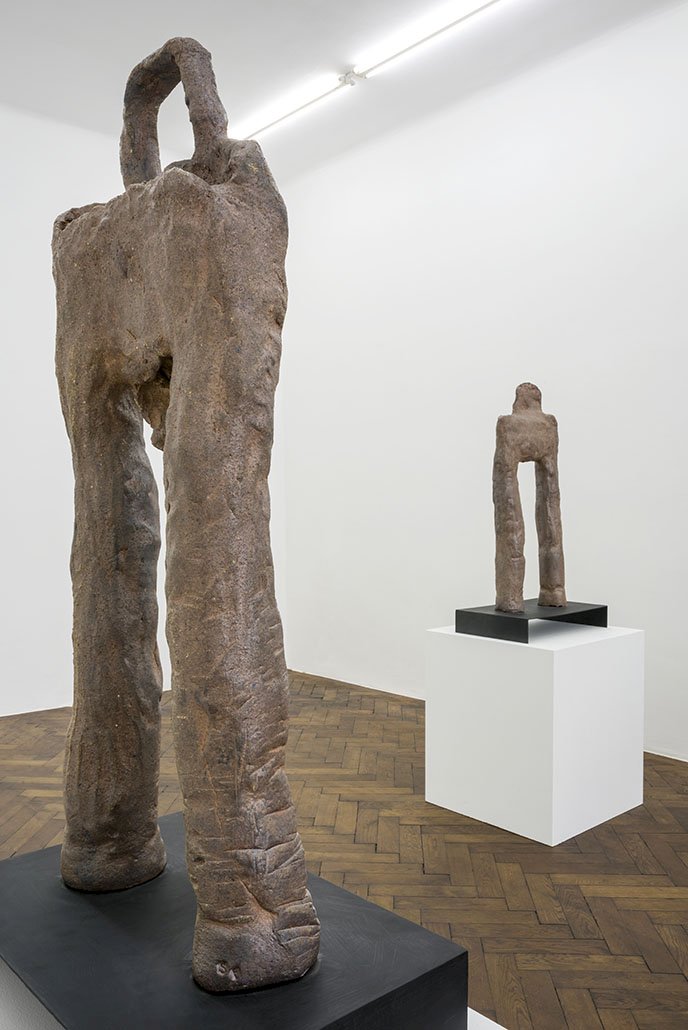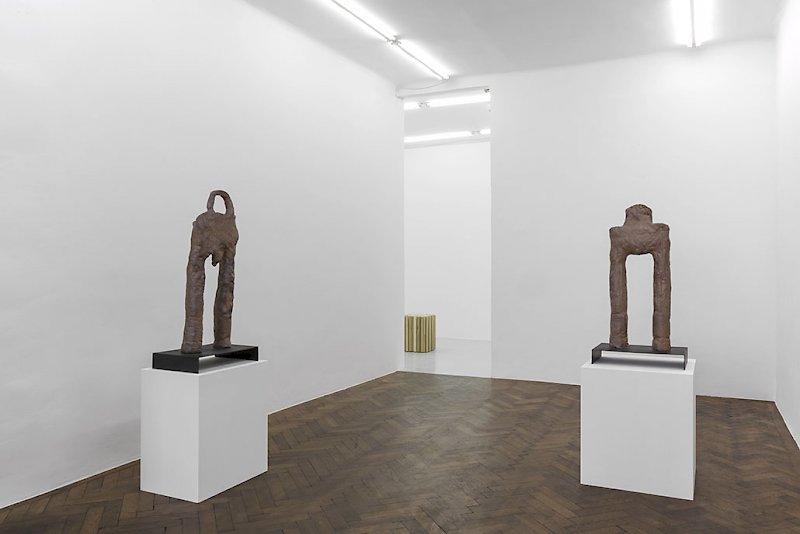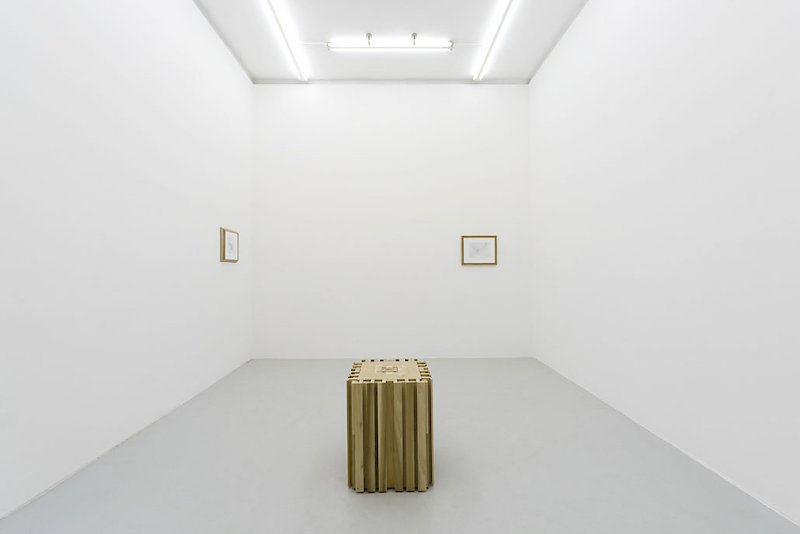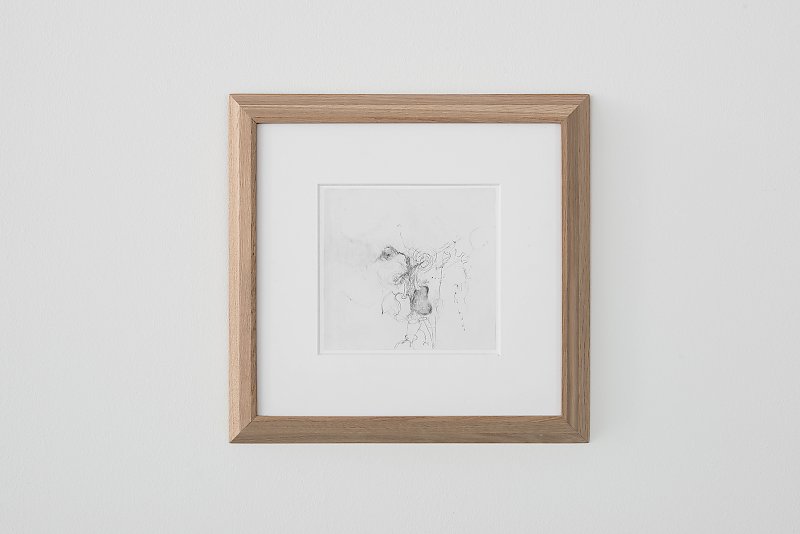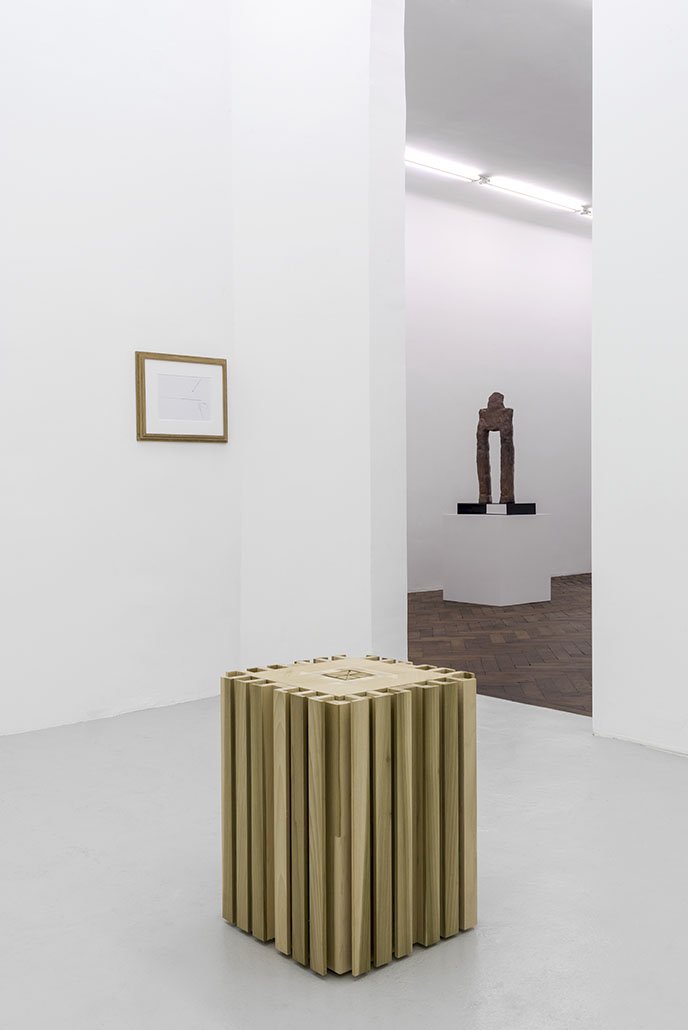Simone Fattal. Border Landscapes
Since her childhood, Simone Fattal (*1942 Damascus, Syria) has had a strong relationship with the city of Vienna, which is also very much embedded in her family history. Her grandfather, Khalil Fattal, was appointed a dragoman of the Austro-Hungarian Empire in Damascus: his job was to help Austrian workers and travelers in Syria. After living in Vienna during World War I, Simone Fattal’s father went back to Syria, where he worked as Austrian Consul and met Simone’s mother, who herself had Austrian ancestors. Having so many familial ties to Austria, Simone Fattal grew up in an environment full of Austrian crossreferences: on the one hand, her parental house and car were carrying the Austrian flags, on the other, her relatives would relay all their stories to her. Since the early 1980s, after fleeing the Lebanese Civil War, Simone Fattal has lived and worked as a sculptor in different parts of the world, from Beirut to Paris, from Southern France to Northern California, exploring and reconfiguring notions of history, freedom, and feminism through her practice. All these geographical trajectories and different historical and cultural backgrounds find a common formal basis in her production of ceramics. At Galerie Hubert Winter, the artist displays a selection of sculptures produced during various periods of her life: artworks retrieved from her various homes that document different geographical identities. “Warriors” are upright human figures fighting for their own existence. “Venus” is a group of independent women, female bodies all made of the same matter: earth. “Houses” are primitive shelters, basic architectural structures evoking undefined urban landscapes somewhere between past and present, East and West, materiality and immateriality. The selection—from 2006 to the present—arranges a timeless village populated by mythological figures that cannot be identified with any specific place and yet are identifiable “anywhere.”
Francesco Gennari. Mausoleum for a worm
Francesco Gennari (*1973, Pesaro, Italy) was ten years old when he visited the Capuchin Crypt in Vienna for the first time, the great burial chamber of the House of Habsburg, where to he returned in his twenties. The experience left a deep impression on him. The sight of this monument inspired the artist to create a new form of work that merged sculpture and architecture. This is how in the early 2000s his first of several “Mausoleum for a worm” came about: wooden sculptures conceived as burial places for invertebrates, in which the reflection on the Viennese monument established a dialog with Italian Rationalist architecture. Created to contain death, not life, the mausoleums paradoxically give the artist the greatest possible expressive freedom. While on the one hand the meaning of Gennari’s architectures is encapsulated in the darkness of a closed geometric space, the animal’s tomb, on the other a series of new drawings—created specifically for this exhibition—narrate Gennari’s mental landscape and the open avenues of his imagination. At Galerie Hubert Winter, Gennari moves from the inside to the outside, addressing universal issues such as life and death, the present and memory with a lightness and poetry that have become a fixture of his work.
curated by_ Lorenzo Giusti
Lorenzo Giusti is the Director of GAMeC – Galleria d’Arte Moderna e Contemporanea di Bergamo. From 2012 to 2017 he has been Director of the MAN Museum in Nuoro and in 2016 part of the curatorial team of the Third Shenzhen Animation Biennale. In his projects he focuses both on leading figures in 20th-century avant-gardes and international contemporary artists, such as Ragnar Kjartansson, Julian Rosefeldt, Maria Lai, Thomas Hirschhorn, Michael Höpfner, Roman Signer, Michel Blazy, Jennifer West a.o.
Titled Viennaline, this year´s 10th curated by_ festival will take place from September 14 until October 13, 2018.
www.curatedby.at



